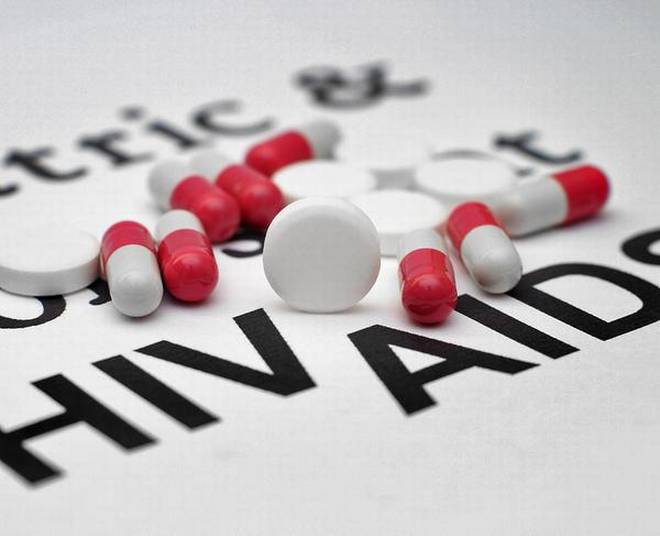
BY TATENDA CHITAGU ZIMBABWE has reportedly recorded a reduction in new HIV infections in the past four years owing to a number of interventions as well as the COVID 19 pandemic.
Speaking at the launch of the 4th Zimbabwe National HIV and AIDS Strategic Plan and its attendant National Monitoring and Evaluation Plan, for the period 2021 to 2025 in Masvingo on Tuesday, National Aids Council (NAC) Masvingo provincial medical director Amadius Shamhu said the number of HIV infections has slightly dropped.
“Our latest HIV estimates indicate that the number of new HIV infections has fallen from 40,900 in 2016 to 24,900 in 2020, while the overall number of people living with HIV has also slightly fallen from 1,278,800 to 1,277,600 over the same period.
In addition, the number of Aida related deaths have fallen from 25,700 to 22,200 within the same period.
“These high impact results were achieved through implementation of an array of evidence-based combination of behavioural, biomedical and structural combination prevention interventions targeted at different groups based on their needs as defined in the extended national strategic plan, within a broad policy framework underpinned by the Zimbabwe Agenda for Sustainable Socio-Economic Transformation – ZIMASSET (2013-2018), the National Transitional Stabilisation Plan and the global Sustainable Development Goals.”
Shamhu said the achievement was endorsed by the recent Zimbabwe Population Based HIV Impact Assessment, the Global AIDS Monitoring Report and the HIV Estimates, all which point to a steady course towards epidemic control.
He said the new strategic plan aims to further reduce new infections by 80% by 2025.
“Our national aspirations for the response for the next five years are to reduce new HIV infections among adults, adolescents and young people (15- 24 years) and children 0-14 years by 80% by 2025; reduction of Aids deaths by 80% by 2025; and to eliminate HIV stigma and discrimination.
- Chamisa under fire over US$120K donation
- Mavhunga puts DeMbare into Chibuku quarterfinals
- Pension funds bet on Cabora Bassa oilfields
- Councils defy govt fire tender directive
Keep Reading
These are surely achievable! It takes you and me to play our roles effectively and lets all commit to doing that.
“To achieve these aspirations, we should take everybody on board and leave no one behind, including various groups of key populations, adolescent girls and young women, paying attention to geography and suitability,” he said.
NAC Monitoring and evaluation director Amon Mpofu said although the COVID 19 pandemic increased HIV deaths as a result of service disruption, it also reduced new infections due to the lockdown measures that restricted movement while people were also afraid to contract the highly contagious disease.
“While the COVID 19 pandemic had a negative impact on HIV programming and distribution of services to people living with HIV and Aids, it also saw a reduction in new infections as people were observing social distancing and afraid to catch COVID 19 thus avoiding sexual encounters which is the major way of contracting HIV,” Mpofu said.










